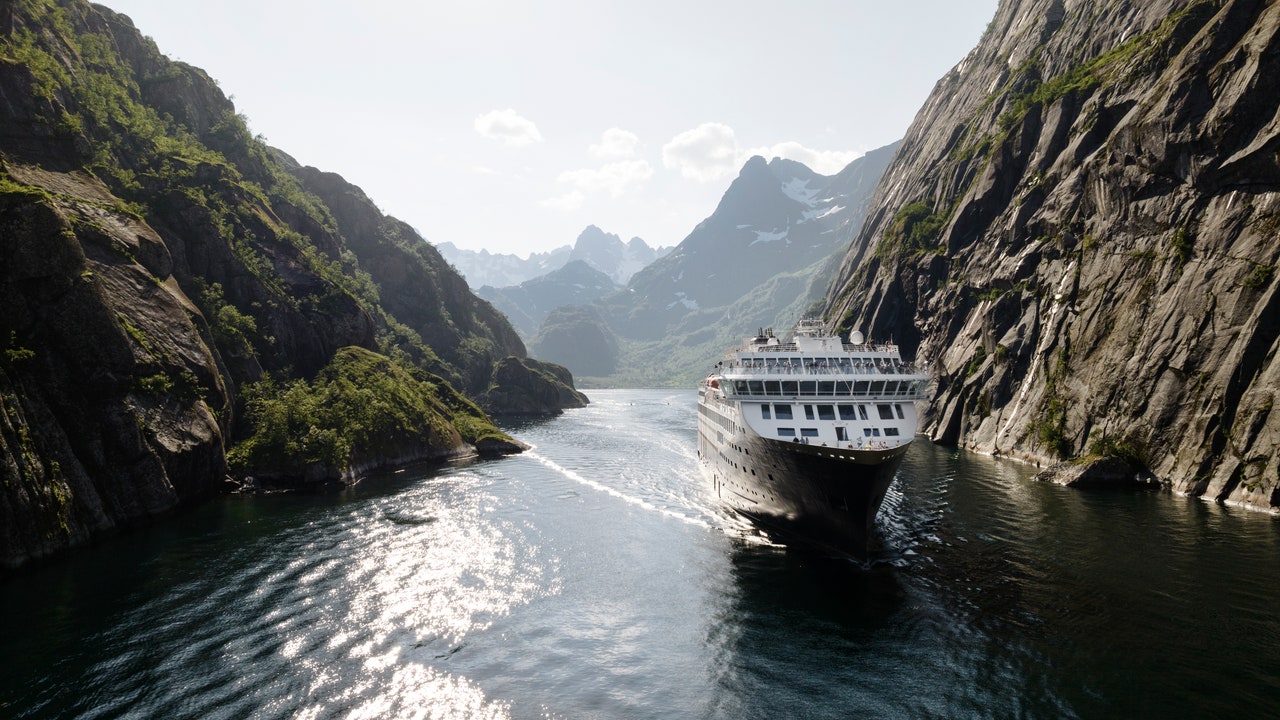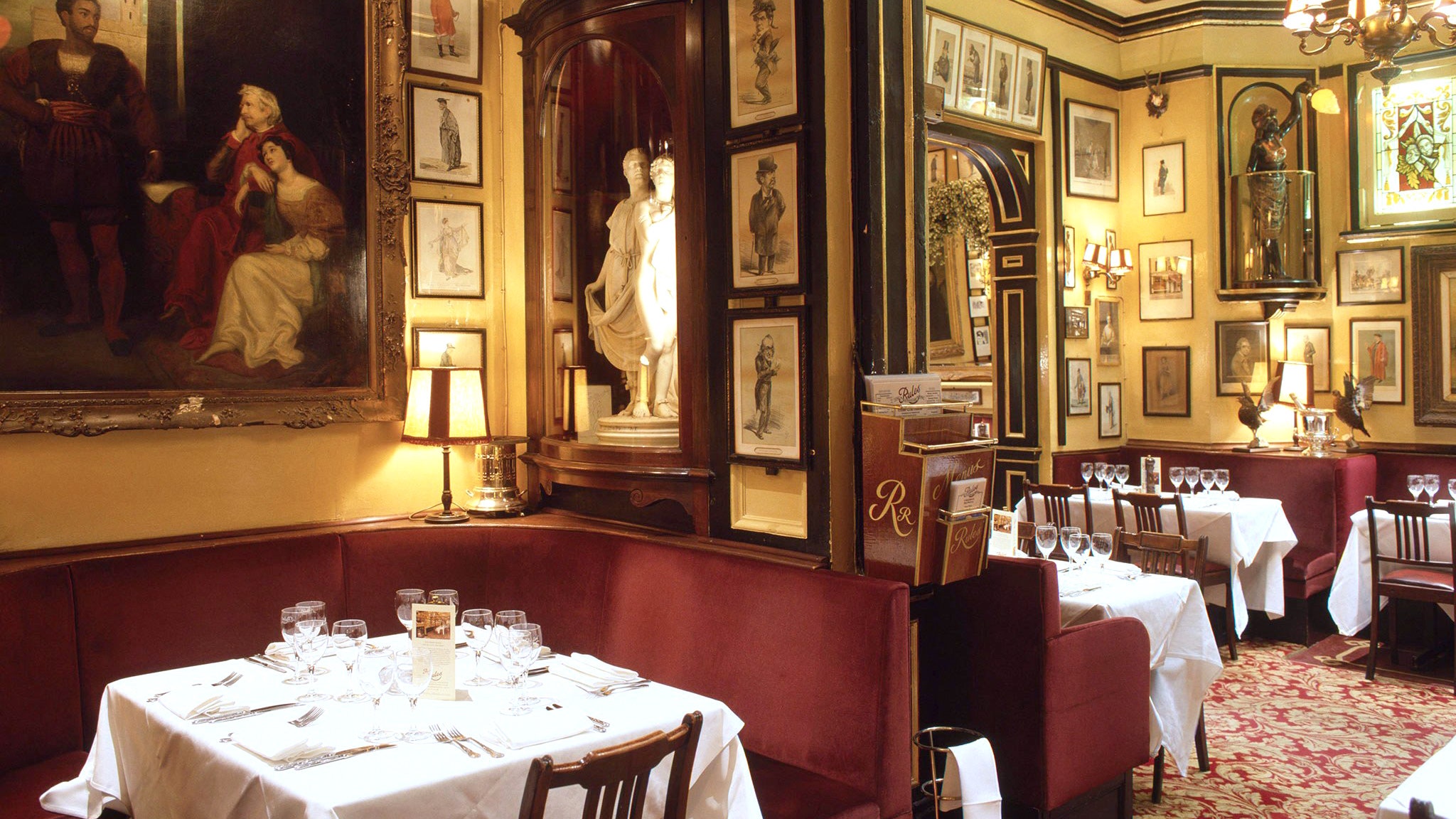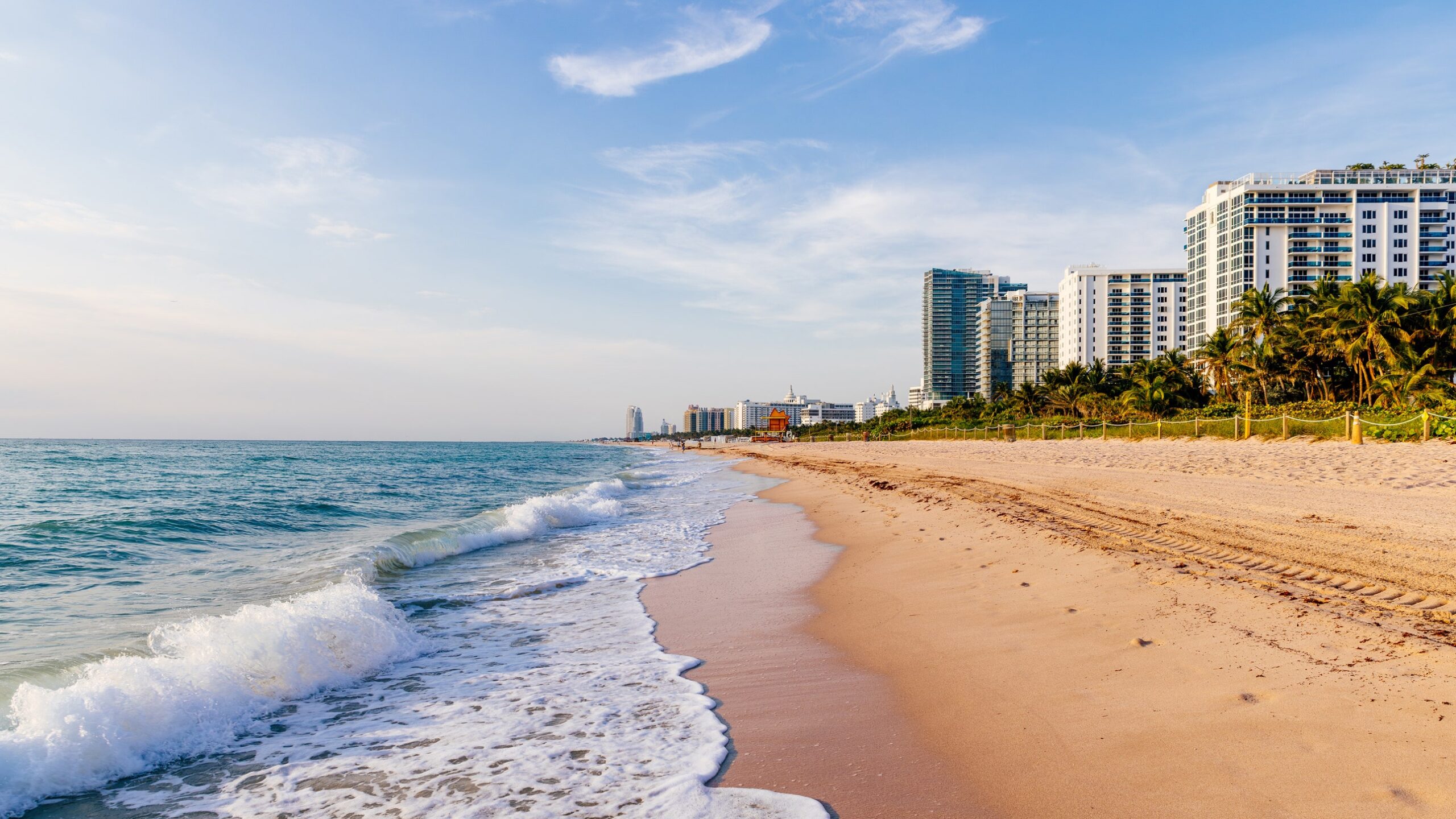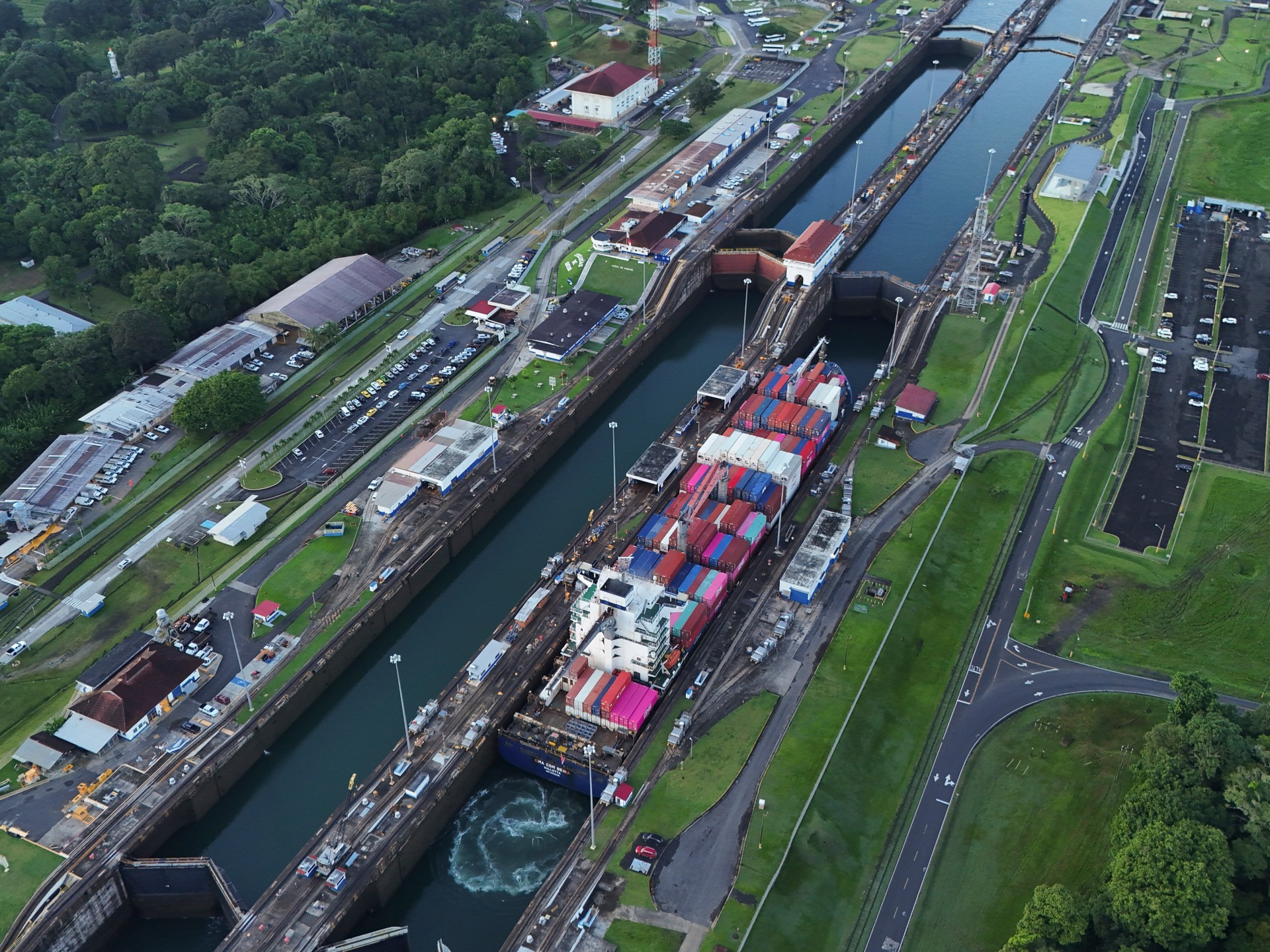By using battery power and liquified natural gas (LNG), Havila has decreased its CO2 emissions by 35% and reduced air pollutants like NOx and SOx by 90%, per the 2023 sustainability report. Hurtigruten, another Norwegian cruise company, has invested over $100 million into environmental upgrades for its fleet in recent years, including equipping three ships to use hybrid electric power, which the company says will cut their CO2 emissions by 25% and NOx emissions by 80% by 2025.
Through a government contract called a “request for tender,” Havila and Hurtigruten both operate tourism sailings on Norway’s coastal express route, which connects 34 ports stretching from Bergen in the south to Kirkenes in the far northeast, near the Russian border. The route isn’t just a tourist attraction: For 130-plus years, it has served as vital shipping and transportation infrastructure for Norway’s port communities, especially those in the rural north that lack air and rail links.
The historic route is the “ideal case” for developing the first zero-emissions cruise ship for a few reasons, explains Trond Johnsen, the center director of SINTEF, a nonprofit research organization that has partnered with Hurtigruten on their Sea Zero sustainability initiative.
“This is a route where it’s actually possible to go electric because the distances between each port are not that long,” he says. “You’re not trying to cross the Atlantic or even cross the North Sea down to Europe, which would require very big batteries—bigger than the ship itself.” With more frequent charging opportunities, smaller batteries can be installed, and thanks to Norway’s hydropower capabilities, electric battery production and charging is also completed using renewable energy. By combining battery power with additional technology, like solar panels and retractable sails to harness wind power, Hurtigruten says it is on track to launch a zero-emissions cruise ship by 2030.
While the World Heritage fjords requirements now won’t go into effect until 2032, SINTEF and Hurtigruten are hoping that the Norwegian government will add a zero-emissions stipulation to the coastal express contract. The contract will expire and reopen for bidding in 2030, according to Johnsen, redetermining which companies get to operate on the route and how many ships (out of the current cap of 11) each line gets. “I think we all want that,” he says. “This project [Sea Zero] actually showed that it’s possible.”
Norway may soon see the first zero-emissions cruise ship, but transitioning the technologies to scale around the world will not be without its challenges—especially for larger cruise ships traveling further distances, which require much more power (and funding). However, the international research that Havila and Hurtigruten are putting to the test today, like FreeCO2ast and Sea Zero, are proof that solutions are out there.
“Today, everything is scalable—it’s just a matter of willingness and motivation,” says Vangstein. “It is a bigger challenge, but it’s not impossible.”














Leave a Reply